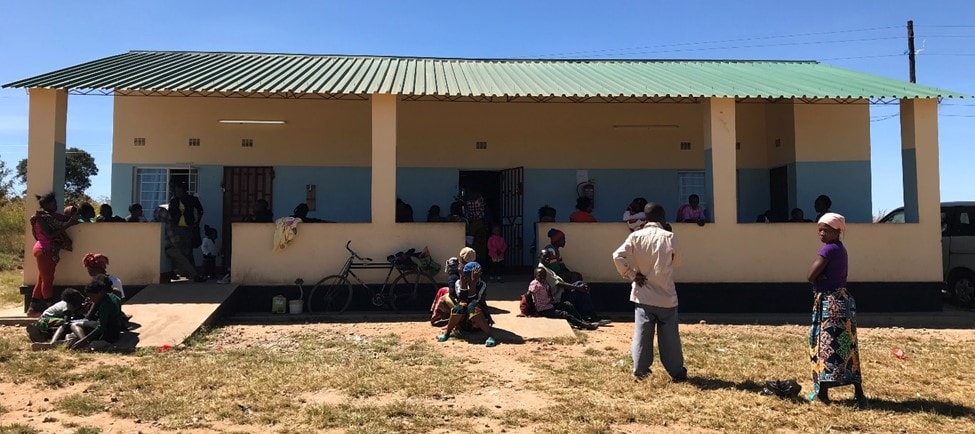As part of our Global Development Lab and PPL funded SPACES MERL project, LINC, in partnership with the Global Obesity Prevention Center (GOPC) at John Hopkins University and USAID/ Zambia, recently conducted a 3-week field based study in Zambia to explore the key drivers of cross-border health-seeking behavior and the resulting impact on health service delivery and commodity consumption in Zambia. The study, intended to assist the Zambian Ministry of Health (MoH) to budget and plan, will provide scenario-based, statistical probability analysis of events and factors driving health-seeking behavior.
To understand the current health-seeking landscape, the research team visited four different border districts; Chililabombwe, Nakonde, Chienge and Chirundu. Relying on an extensive literature review of current cross-border health policy and regulation and a series of interviews with health care providers and other key stakeholders, the study unearthed several critical factors that influence border population inflows into Zambia. While the key driving forces differed from district to district, three forces primarily stood out: cost of care, proximity and safety.
Cost of Care
Unlike its neighboring countries, Zambia’s public healthcare system is free and largely subsidized by the national government. Thus, it is unsurprising that many foreigners in need of healthcare choose to cross the border into Zambia. The fee-for-services payment model in place in both private and public health facilities in DRC and Congo is prohibitive for many, especially the poorest and most marginalized populations.

Proximity and Border Porosity
As one would expect, geographic proximity and ease of border-crossing are key-drivers of cross-border health-seeking behavior. For many non-Zambians, a Zambian facility is closer than a facility in their country of origin. Foreign patients often easily cross the border by foot, bike or motorbike to reach a facility. Changes in border patrol and regulation have significant impacts on the numbers of foreigners who are able to enter the country to access healthcare services.
Safety
Perceived physical safety and security is another key driver of foreign patients into Zambia. The ongoing conflict in DRC, and threats of future conflict, have caused many to flee or settle into the distant bush regions of the country, where there is limited access to health facilities, or access to facilities is encumbered by long distances and poor infrastructure.
Understanding how these factors vary by border region can assist the MoH in estimating the impact of events ranging from changes in national policy, outbreaks, and economic development on the Zambian healthcare system. These changes, such as the planned development of a dry port in Kasumbalesa in DRC, are beyond the control of the Zambian government. Scenario-based modeling can assist the MoH in preparing for such events.
